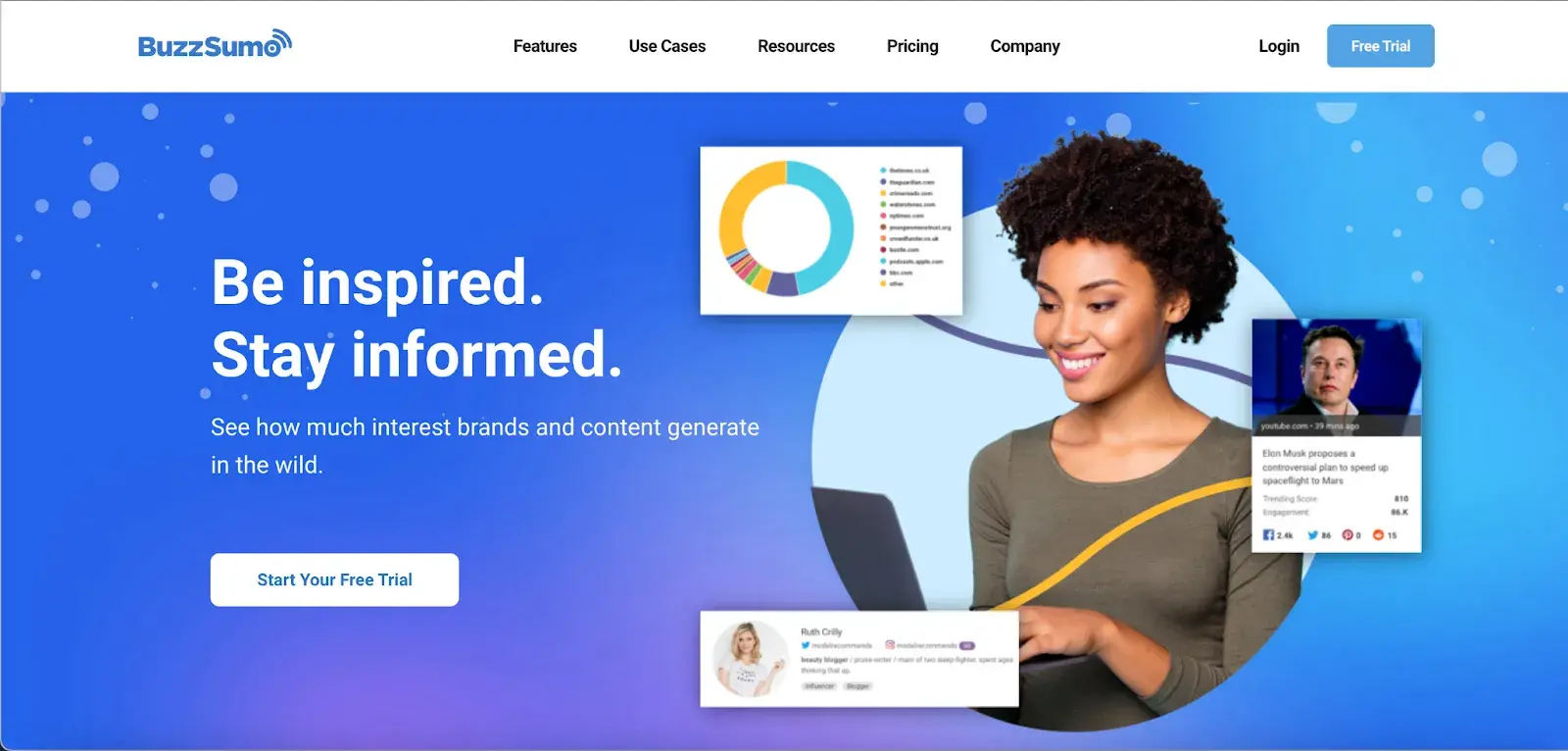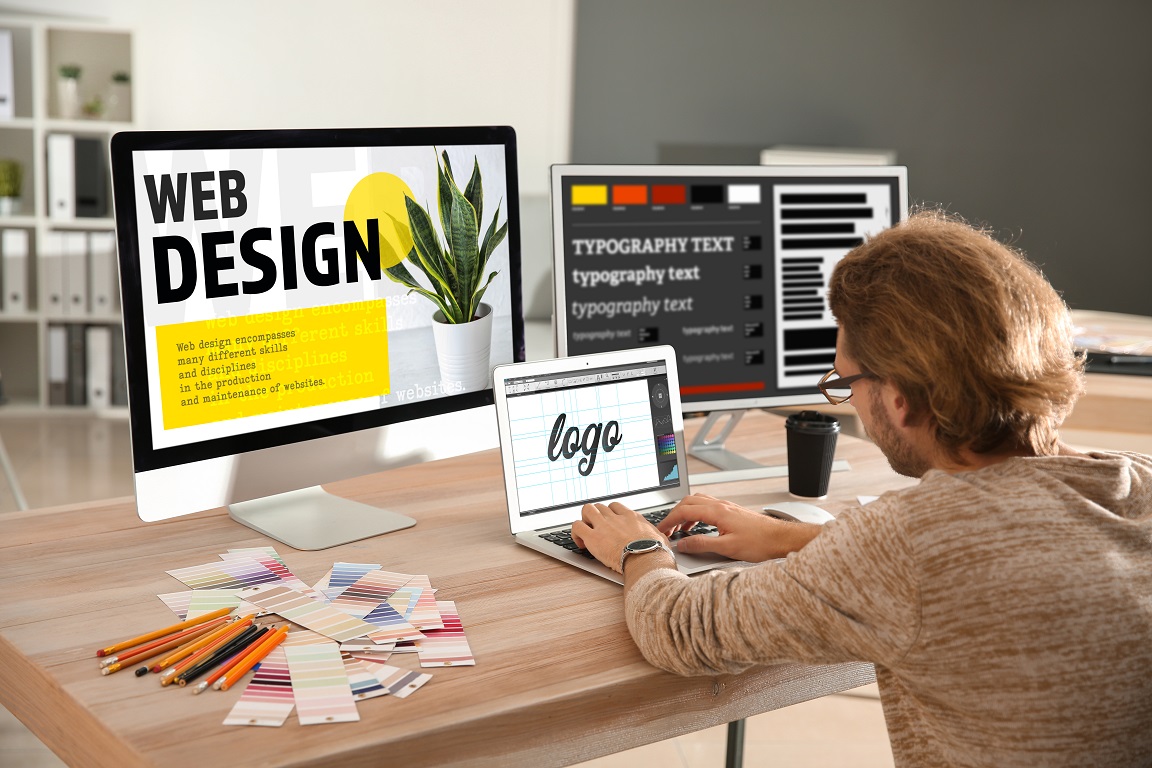2025 Outlook: Internet Advertising In South Africa Meets AI and Automation
The Effect of User Experience on Effective Website Design Approaches
User experience (UX) is a vital variable in the performance of website design techniques. It incorporates functionality and ease of access, affecting how individuals interact with a website. A well-crafted UX can bring about increased interaction and retention. Several developers overlook vital parts that contribute to a positive experience. Comprehending these aspects is very important for success. What particular approaches can enhance UX and ultimately drive much better outcomes?
Understanding User Experience: Meaning and Relevance
User experience (UX) works as a critical element in the domain name of internet Design, fundamentally shaping exactly how individuals connect with electronic platforms. It encompasses the general experience an individual has while steering a website, including aspects such as satisfaction, use, and access. A well-designed UX not just boosts customer involvement yet additionally affects individual retention and conversion rates. Comprehending UX is vital for designers, as it assists identify customer demands and preferences, permitting the creation of intuitive interfaces. Focusing on UX cultivates a favorable emotional reaction from users, which is important for building brand commitment. Ultimately, a solid focus on user experience can lead to an effective electronic presence, ensuring that internet sites properly satisfy users' assumptions and objectives.
Trick Aspects of Effective Website Design
Efficient web Design rests on a number of crucial elements that improve individual experience. Instinctive navigating, a well-defined aesthetic hierarchy, and receptive design flexibility are necessary for making sure and guiding customers ease of access throughout gadgets. Recognizing these elements can greatly influence the general performance of a site.
Instinctive Navigation Design
Just how can intuitive navigating Design transform a site visitor's experience on a site? Instinctive navigation streamlines the user's trip, permitting visitors to locate info quickly and effectively. This type of Design utilizes clear labels, sensible structure, and acquainted layouts to decrease complication. By prioritizing essential material and arranging it hierarchically, individuals can conveniently situate desired pages without unnecessary clicks. Furthermore, receptive navigating components, such as dropdown food selections and breadcrumb trails, enhance functionality across gadgets. Reliable instinctive navigating not just boosts user complete satisfaction yet additionally reduces bounce rates, encouraging longer site interaction. Eventually, a smooth navigating experience cultivates a feeling of trust fund and self-confidence, making site visitors more likely to return and check out additionally, therefore raising the total success of the internet site.
Visual Power Structure Importance

A well-structured aesthetic power structure plays a crucial function in directing individuals through a website's web content, matching the user-friendly navigation Design that boosts total individual experience. By prioritizing elements such as dimension, placement, shade, and contrast, developers can successfully accentuate crucial information and calls to action. This organization permits individuals to quickly recognize essential areas, assisting in simpler comprehension and navigating. Additionally, a regular visual power structure helps establish a natural brand identity, enhancing depend on and engagement. When customers can effortlessly refine information, they are a lot more likely to engage positively with the site, inevitably resulting in greater conversion rates - Website Design Klerksdorp. Therefore, implementing a clear visual pecking order is a fundamental element of reliable website design techniques, substantially impacting individual contentment and retention
Responsive Design Flexibility
What makes an internet site really versatile throughout numerous devices? Responsive design flexibility is vital for ensuring ideal user experience. This Design method employs fluid grids, adaptable pictures, and CSS media inquiries to change the format based upon the device's screen size and resolution. Effective responsive Design not only improves visual charm however likewise enhances performance by permitting customers to browse flawlessly, no matter the system used. Key elements include focusing on web content hierarchy, ensuring touch-friendly interfaces, and maintaining rapid filling times. By concentrating on these aspects, designers can create sites that accommodate diverse customer demands, inevitably causing greater individual complete satisfaction and interaction. In today's digital landscape, flexibility is no more optional; it is important for successful web Design.
The Role of Navigating in Customer Experience
Effective navigating is vital for enhancing customer experience on sites. It works as a roadmap, assisting users easily with numerous sections and web content. A well-structured navigation system minimizes complication and disappointment, allowing visitors to situate info promptly. Secret components of efficient navigating include quality, consistency, and simplicity. Clear tags help individuals recognize where links will take them, while regular placement strengthens knowledge throughout pages. Furthermore, a streamlined menu can decrease cognitive overload, making it less complicated for users to make decisions. Using breadcrumbs and dropdowns even more improves use by providing context and additional pathways. Eventually, solid navigating fosters user fulfillment, urges longer visits, and boosts the likelihood of conversions, solidifying its important duty in effective website design strategies.
Responsive Design: Meeting Individual Requirements Across Tools
Receptive Design is significantly crucial in suiting the varied series of gadgets used to access the web today. This method ensures that sites offer a remarkable watching experience, despite screen size or orientation. By employing liquid grids, adaptable photos, and media questions, receptive Design enables smooth adaptation across desktop computers, tablets, and smartphones. This adaptability not just improves functionality but additionally satisfies varying user preferences and contexts. With more customers relying upon smart phones for online communications, the requirement for responsive Design has actually ended up being vital in maintaining customer contentment and interaction. Companies that prioritize receptive Design can better fulfill user assumptions, which eventually contributes to greater retention rates and enhanced overall efficiency in the digital landscape.
Enhancing Individual Involvement With Visual Design
Aesthetic Design plays a necessary role in improving user interaction by leveraging components such as color psychology, typography, and interactive functions. The strategic use shades can evoke psychological feedbacks, while well-chosen typography enhances readability and aesthetic appeal - Web see this website Design South Africa. In addition, incorporating interactive aspects cultivates user involvement, developing a more immersive experience
Color Psychology Consequences
Shade psychology plays an important function in forming customer engagement within web Design, as various hues can affect and stimulate distinct feelings habits. Blue frequently communicates depend on and integrity, making it a preferred selection for corporate websites. In contrast, red can set off seriousness and exhilaration, often seen in call-to-action buttons. Eco-friendly typically represents tranquility and health, appealing to customers in health and ecological markets. By tactically choosing colors, designers can create an aesthetic power structure that overviews individual actions and enhances the overall experience. In addition, regular color pattern contribute to brand name acknowledgment and loyalty. Ultimately, understanding the emotional impacts of color enables internet developers to craft appealing interfaces that reverberate with individuals, resulting in improved communications and conversions.
Typography's Function in Engagement
Reliable internet Design relies not just on shade choices but additionally on typography, which considerably impacts customer interaction. The selection of typefaces, sizes, and spacing can either detract or boost from an individual's experience. Clear and clear typography permits users to conveniently digest web content, motivating them to spend even more time on a website. In addition, a consistent typographic power structure guides the customer's eye, highlighting important info and facilitating navigating. Unique font style selections can likewise mirror a brand's identification, creating a stronger psychological connection with the target market. Inevitably, effective typography not just boosts readability however additionally fosters a visually enticing environment, improving total engagement and motivating customers to return for future interactions.
Interactive Aspects Importance
While users browse an internet site, the presence of interactive aspects substantially enhances their interaction and general experience. These components, such as switches, sliders, and quizzes, invite users to take part proactively instead of passively consuming content. By promoting communication, developers can develop an extra personalized experience, allowing individuals to check out and link with the product in purposeful ways. Additionally, interactive features can capture interest and keep individuals on the site longer, minimizing bounce prices. They likewise give prompt responses, enhancing customer activities and urging more expedition. Incorporating interactive aspects into web Design strategies not just boosts visual charm but also substantially adds to individual complete satisfaction and retention, ultimately leading to greater conversion prices.
Determining User Experience: Tools and Strategies
Gauging customer experience is necessary for comprehending how properly a web site satisfies the needs of its users. Different tools and strategies are offered for this purpose, consisting of user screening, surveys, and analytics. Customer screening commonly includes observing genuine individuals as they communicate with a site, offering understandings into functionality issues. Surveys can gather straight comments on customer contentment and viewed worth. Analytics tools track customer behavior, highlighting locations where customers may shed or struggle rate of interest. Additionally, heatmaps picture user interactions, disclosing which elements draw in focus. By employing a mix of these methods, web developers can get a complete understanding of user experience, causing educated Design decisions that improve total website efficiency.

Often Asked Questions
Exactly How Does User Experience Impact Conversion Rates on Websites?
Customer experience significantly influences conversion prices on sites. A smooth user interface, user-friendly navigating, and engaging material can boost user contentment, leading to boosted trust and higher probability of completing desired activities, therefore increasing total conversions.
What Are Common Individual Experience Blunders in Internet Design?
Common individual experience blunders in internet Design include messy formats, sluggish packing times, inadequate navigating, insufficient mobile optimization, lack of clear calls-to-action, and neglecting access guidelines, all of which can significantly impede customer involvement and satisfaction.
Exactly How Commonly Should Internet Design Be Upgraded for Optimum Customer Experience?
Internet Design should be updated on a regular basis, preferably every 1-2 years, to adjust to progressing customer choices and technical developments. Regular examinations improve functionality, making sure that the web site stays appropriate and appealing for its audience.

Can Individual Experience Effect Search Engine Optimization Rankings?
Customer experience substantially affects search engine optimization positions. Seo Company Klerksdorp. Internet search engine focus on web sites that give smooth navigating, quickly filling times, and interesting web content, therefore compensating websites that boost customer contentment with greater presence in search engine result
What Are Some Examples of Outstanding Individual Experience in Website Design?
Examples of excellent user experience in internet Design consist of user-friendly navigation, responsive layouts, quickly filling times, Going Here clear phone call to activity, and engaging visuals. These elements add to customer contentment and urge prolonged communication with the website.
Customer experience (UX) offers as a vital element in the domain of internet Design, essentially shaping exactly how customers communicate with digital systems. A well-structured visual hierarchy plays a pivotal duty in directing users via a web webpage site's content, enhancing the instinctive navigating Design that enhances total individual experience. With even more individuals relying on mobile tools for on the internet communications, the requirement for responsive Design has actually become essential in preserving user fulfillment and engagement. Gauging user experience is crucial for comprehending how successfully a web site meets the demands of its users. Individual screening typically entails observing genuine customers as they communicate with a website, providing insights into use issues.